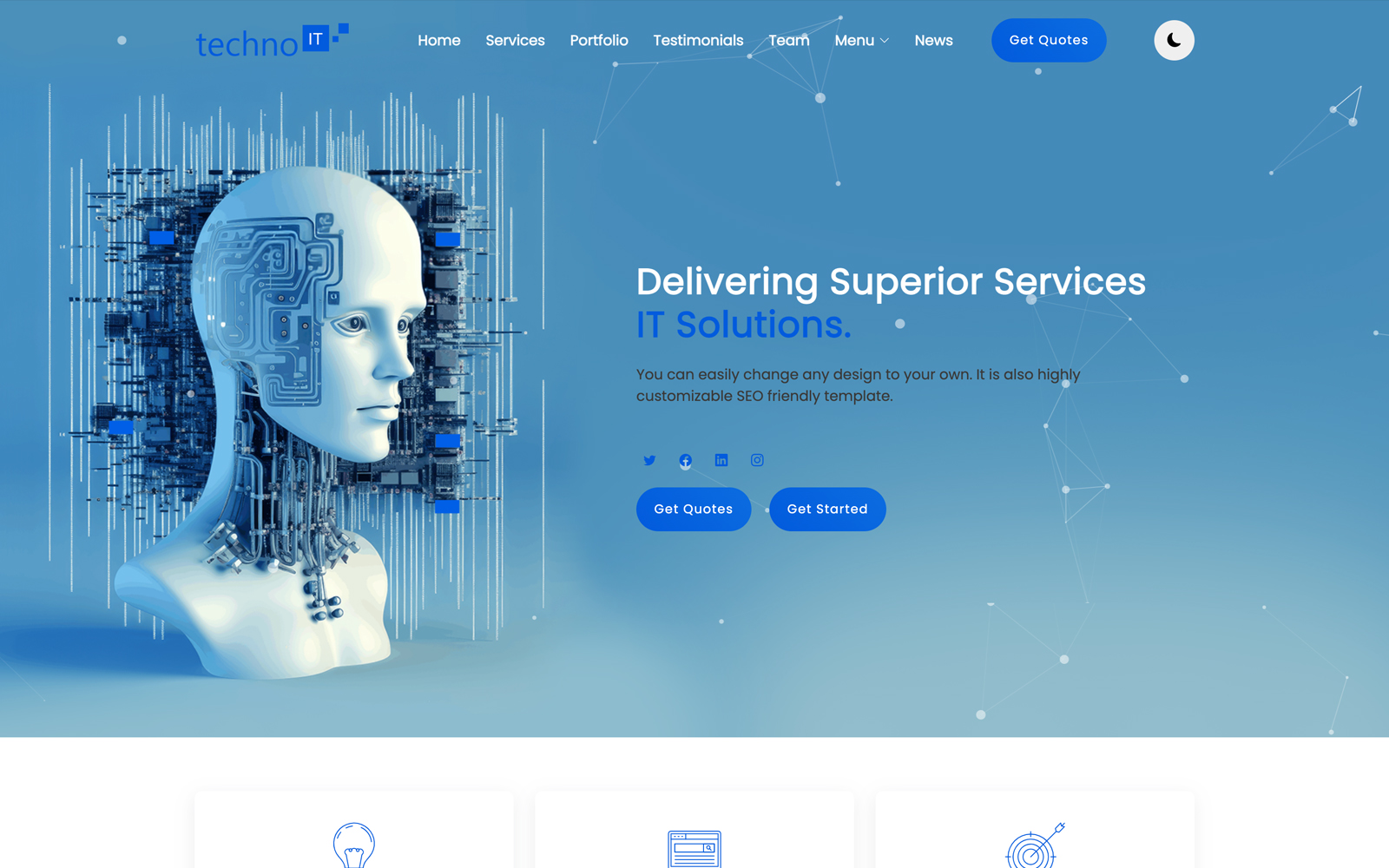Python is no longer just a beginner-friendly language. In 2025, it has become one of the most widely used programming languages across the United States, powering everything from startups to Fortune 500 companies.
Whether you are a student, career switcher, or experienced developer, learning Python can open up new career opportunities in software development, artificial intelligence, data analysis, and automation.
This article explores why Python continues to grow in popularity in the USA and how you can benefit from its expanding ecosystem.
What Makes Python So Popular in the US?
1. Easy to Learn, Easy to Read
Python’s syntax is clean and similar to plain English, making it accessible to beginners and efficient for experienced developers. It reduces development time and allows teams to build products faster.
2. High Demand in the US Job Market
Python consistently ranks among the top 3 programming languages in the US job market. According to Indeed and LinkedIn data, job postings for Python developers have increased steadily since 2020, with even greater demand in AI and data science roles.
3. Essential for AI, Machine Learning, and Data Science
Python is the leading language in the fields of artificial intelligence and data science. US-based companies like Google, IBM, and Tesla use Python for building advanced machine learning models, automation tools, and large-scale data systems.
4. Backend Web Development with Django and Flask
Python’s popular web frameworks — Django and Flask — make it a strong choice for building backend systems, APIs, and full-stack applications. Many US startups use Python to launch their products quickly and efficiently.
5. Strong Community and Educational Support
Python has a large and supportive community in the US, with regular meetups, workshops, bootcamps, and online forums. It is also the most commonly taught language in US universities and coding bootcamps.
Who Is Using Python in the United States?
- Startups building MVPs and SaaS tools
- Fintech companies for algorithmic trading and analytics
- Healthtech platforms for data-driven patient care
- EdTech companies for personalized learning platforms
- Government and research agencies including NASA
Python is used across nearly every major industry, which makes it a future-proof skill for any developer or tech professional in the US.
What Can You Build With Python?
Some common Python projects include:
- Chatbots for customer service or sales
- Web applications using Django or Flask
- Automation scripts for routine tasks
- AI tools for image or speech recognition
- Data dashboards and visualizations
- Resume and job matching tools using NLP
These types of projects are not only valuable for portfolios but also in demand in the job market.
Python Developer Salaries in the USA (2025)
- Entry-Level Python Developer: $70,000 to $95,000 per year
- Mid-Level Python Developer: $100,000 to $130,000 per year
- Senior Python Developer / AI Engineer: $140,000 to $180,000+ per year
- Freelance Python Developer: $50 to $120 per hour depending on skill and niche
Salaries may vary based on location, experience, and specialization (e.g., data science, backend, DevOps).
Best Free Resources to Learn Python in 2025
If you’re looking to start learning Python today, these are some of the most trusted and widely used learning resources:
- Real Python – in-depth tutorials and expert-level articles
- FreeCodeCamp Python Course – beginner-friendly video guide
- Automate the Boring Stuff with Python – practical book for real-world automation
All of these are free or offer free tiers, making them perfect for new learners in the US.
Final Thoughts
Python is more than a programming language — it is a gateway to high-paying jobs, innovative startups, and advanced technologies. As the US tech industry continues to invest in automation, AI, and cloud solutions, the demand for Python developers will only grow.
If you’re in the United States and considering a tech career or side project, learning Python in 2025 is one of the smartest investments you can make.
Want to share your Python journey or need help getting started? Leave a comment or reach out — we’re here to help you grow.







